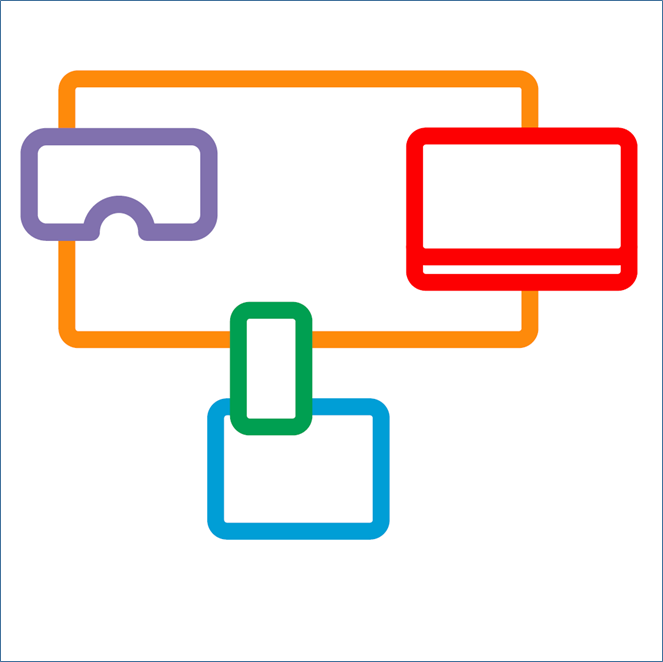Fake News at NEMS 2017
DOUG WILLIAMS from BT R&D reports from Madrid:
This year’s NEM Summit in late November gave me an opportunity to present some of our 2-IMMERSE work but also to hear some updates on key policy concerns. The most prominent issue appeared to be the need to develop a response to the deleterious effects of fake news. This is a tricky area where you have to fish lies from the treacherous waters that run between the right to free speech and the nuances of subjectivity.
There were two great, and I’d say encouraging, presentations from those closely involved in ensuring veracity. They were given by Jochen Spangenberg from Deutsche Welle and Kristoffer Egeberg from the Norwegian fact checking organisation Faktisk; Faktisk has a nice back story as it was created from a cooperation between normally competitive print rivals in Norway.
Jochen told us about some good practice in journalism; whilst he mentioned some clever tools that allow you to check the authenticity of photographs and even videos using on line tools, Jochen also emphasised the value of old fashioned practice, like picking up the phone! Jochen seemed to me to be providing guidance to well-meaning journalists to help prevent them promulgating lies through neglect – he was essentially describing good journalism. Kristoffer was offering a method that could counter the occasions when through malice, ignorance or laziness lies start to spread widely.
To do this effectively and to try and retain independence and credibility Faktisk have adopted at least two clever principles. The first is the way they decide what stories to check. They check top trending stories – so they don’t ‘go after’ groups with a particular political standpoint; instead they focus on checking the veracity of the stories seen by most people.Faktisk use a nuanced traffic light system to give their judgements, and their measures range from ‘totally true’ through ‘true but provided in a wrong context’ through to just ‘lies’.
The second thing they do that seems important is to make the judgements they publish freely available; this has resulted in the results of the fact checking being picked up and run as stories through many established publication channels. On occasions, the Faktisk output has thus become more popular than the original story – as a rebuttal to lies this seems more effective than a delayed correction hidden on page 13. Faktisk hasn’t been going long but already has achieved a reach of about 1.3 million individual users in a population of 5 million. That seems exceptional.
I found these reports encouraging. It is clear that there will be no machine that will stop lies spreading and that tools, process and good practice are what is needed. At a historical moment when heads of state are retweeting stories that are not only not true but also full of hate it is pleasing that we can see methods that should limit lies being published accidentally and to call out and make their status known.
READ MORENews from NEMSummit 2017
DOUG WILLIAMS from BT R&D reports from Madrid:
For the last couple of days I have been at the NEM Summit 2017 in Madrid. This is an annual gathering of researchers and people from the European Commission, together with a smattering of government policy makers as well. The Summit is trying to understand and accelerate the definition of the research agenda around media and content.
Some of the Summit was about policy concerns relating to so-called fake news, a phenomenon I prefer to call lies. This is a bit off-topic for 2-IMMERSE but I am writing a parallel post about it as I found it interesting and, importantly, encouraging. Watch out for that post in the next 24 hours.
Apart from the policy stuff the Summit also provides a platform for people to share recent research results, and it’s in that role that I was attending – to share some of the recent 2-IMMERSE work.
I presented two early studies from 2-IMMERSE. One was one of our first service prototype which we called Theatre at Home. This was the first experience built on our micro service platform and it allowed two households to share the experience of watching a live screen performance together. The video is here and the schematic of the technology is shown here:

The presentation I gave, slightly annotated so it works better without an accompanying voice over, is below. nem-theatre-nov-2017-all-slides-explanatory-no-video To be honest, the trial was not perfect. We struggled with a number of aspects of the trial, but that is as it should be. As some wag has said, ‘if we knew what we were doing it wouldn’t be research, would it?’
My second talk was about an assessment of football clips — and I wrote a blog post about this earlier in the year. We were exploring whether there was a way to assess if one format — that used three screens — was better or more impactful than another — which used only one screen). You can see an outline of comparative clips in this video. Once again the presentation itself – again slightly annotated to help it be readable without a vice over – is included below. nem-football-nov-2017-all-slides-explanatory-no-video Our conclusion, which was based on responses from over 200 judges, is that we are 95% certain the preference reported for the three screen example was not by chance.
READ MORE

